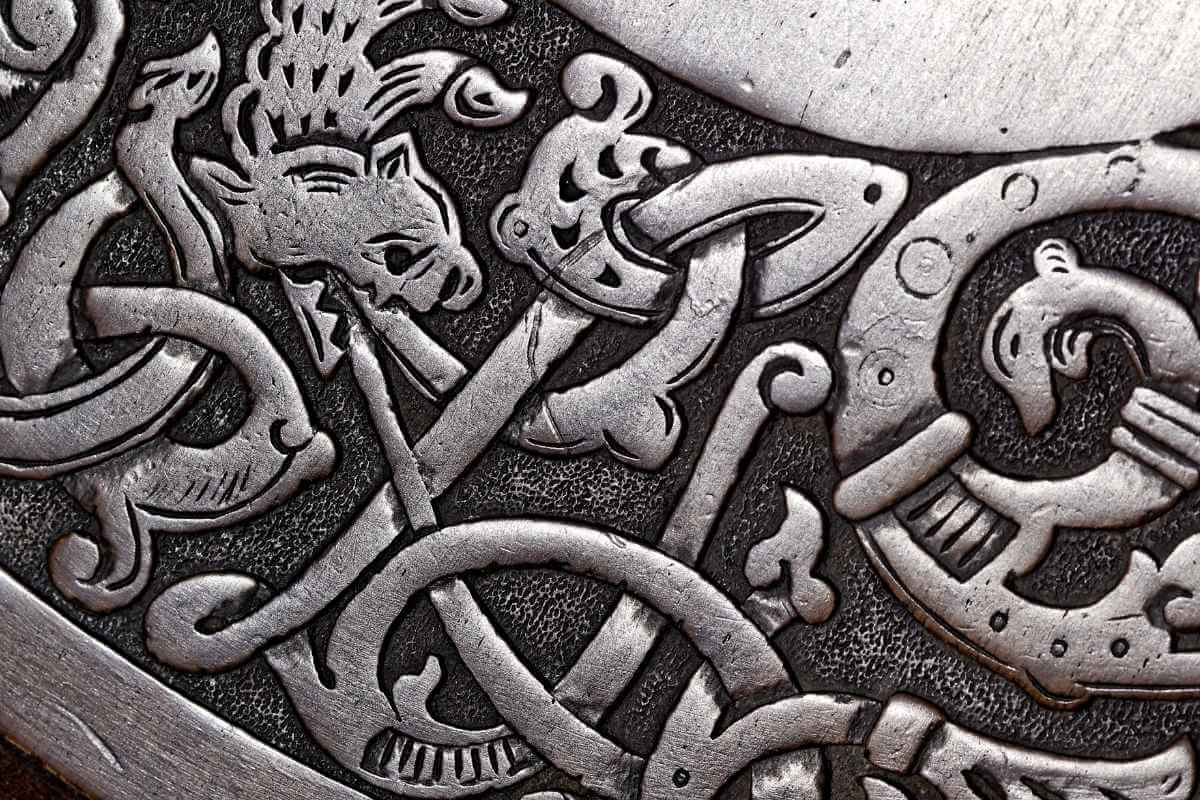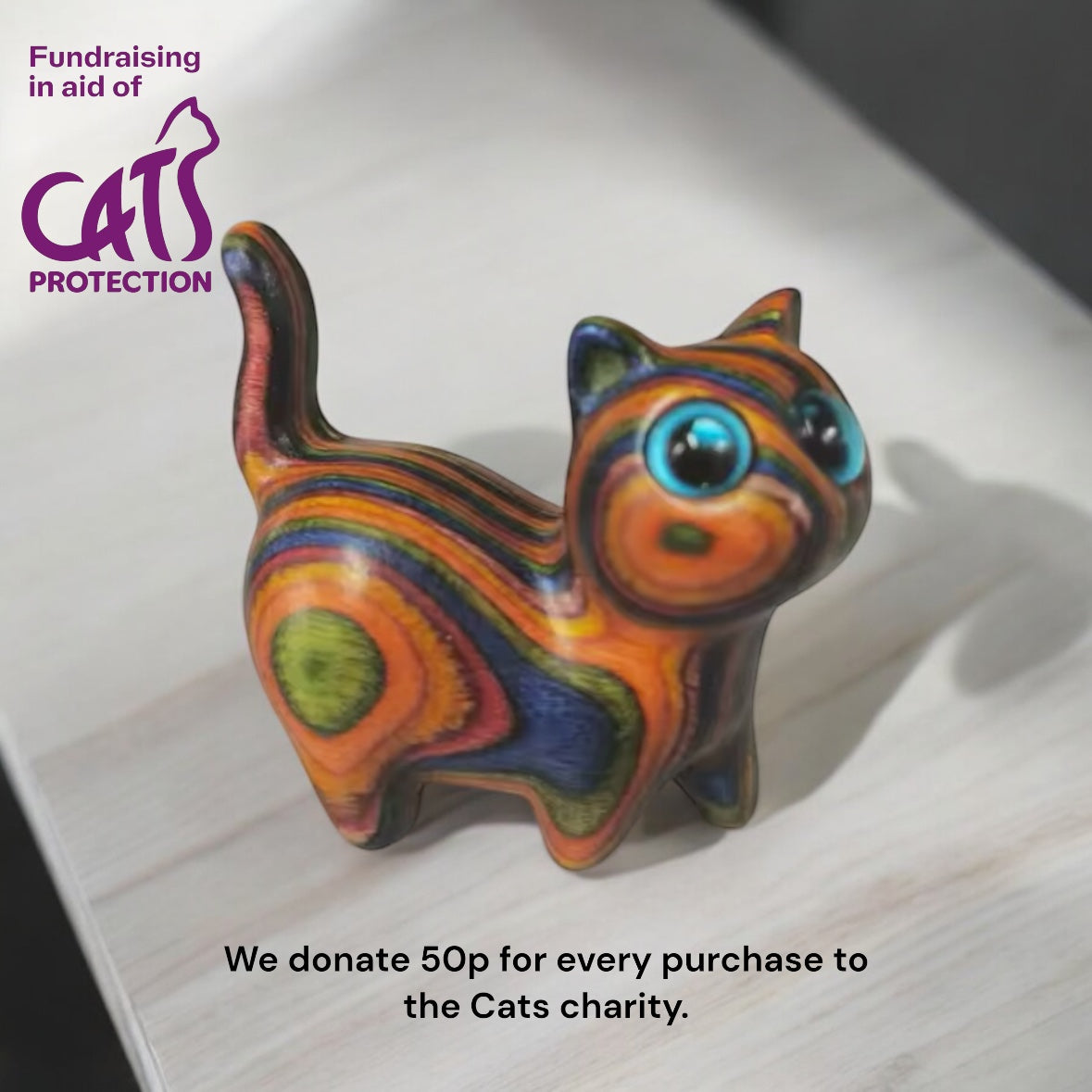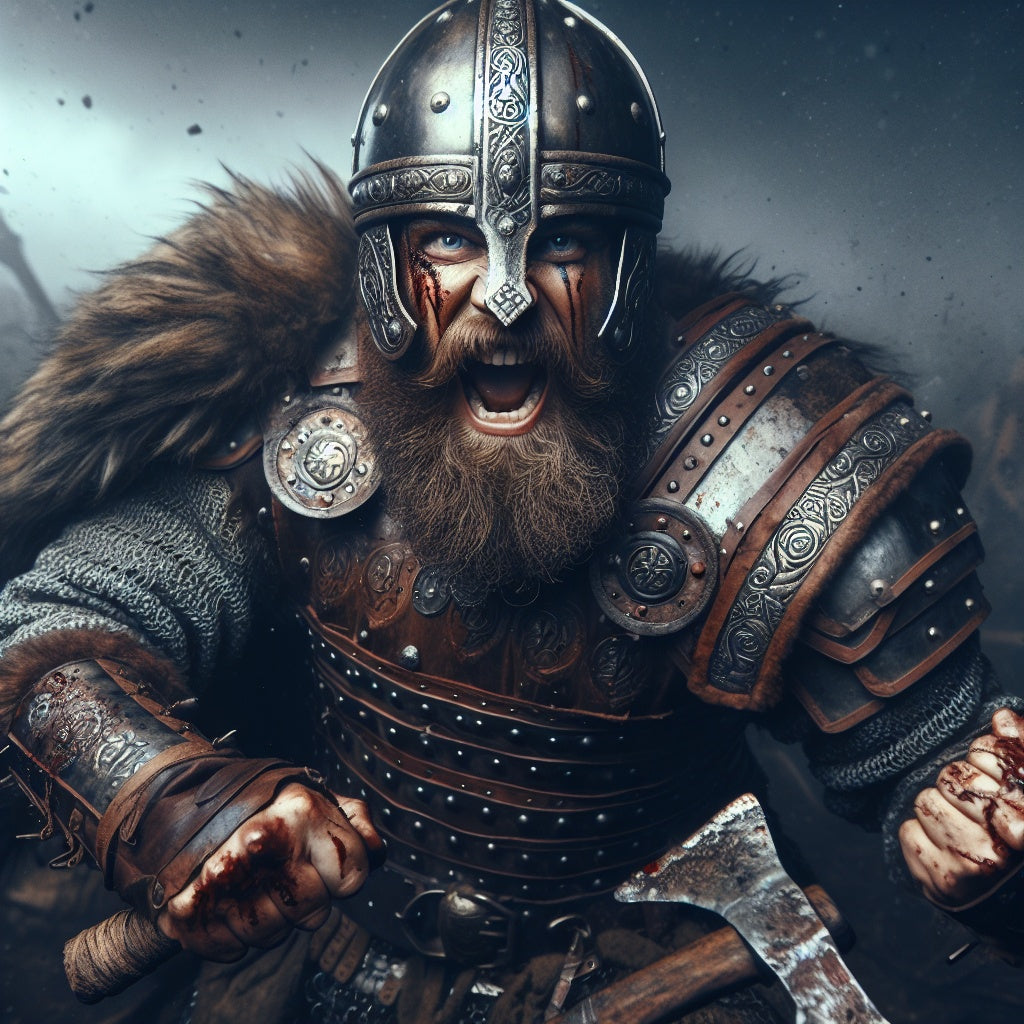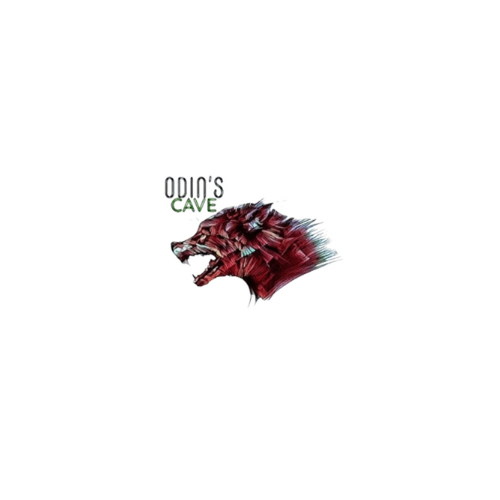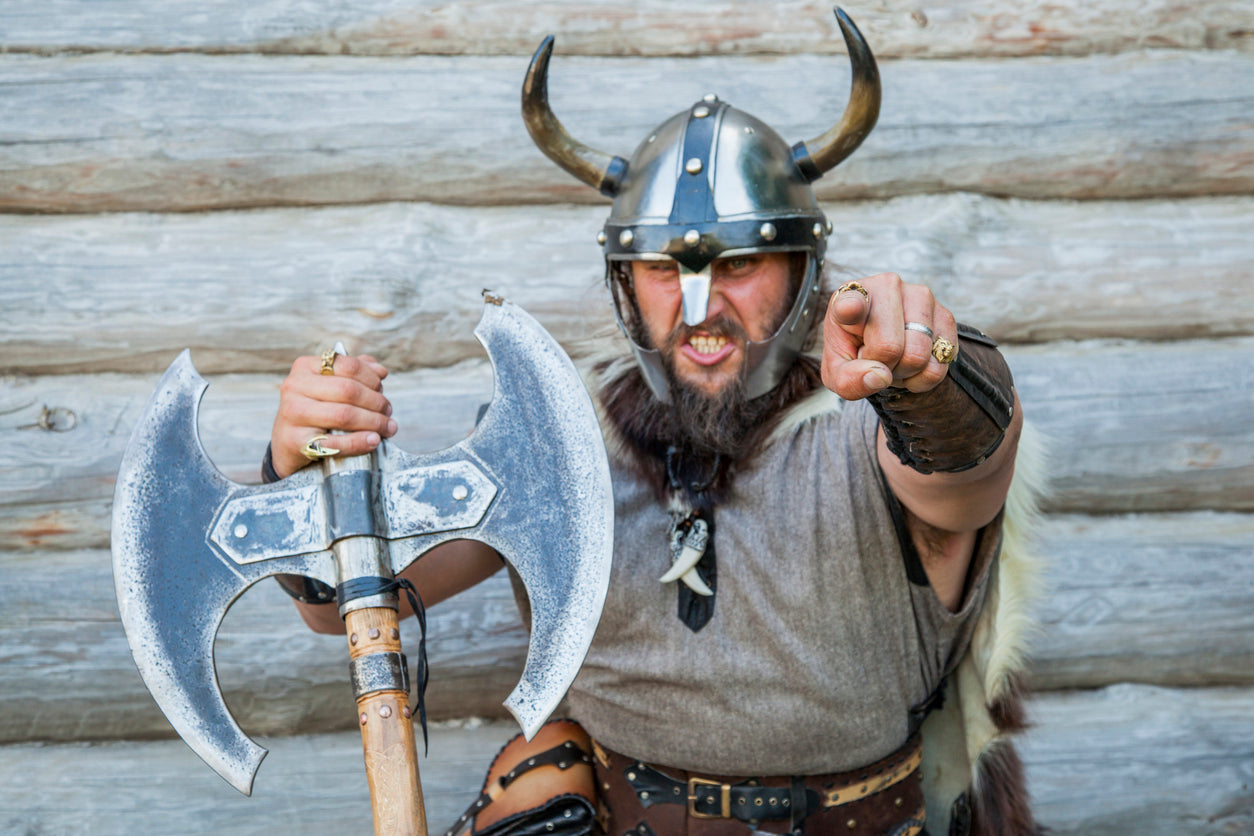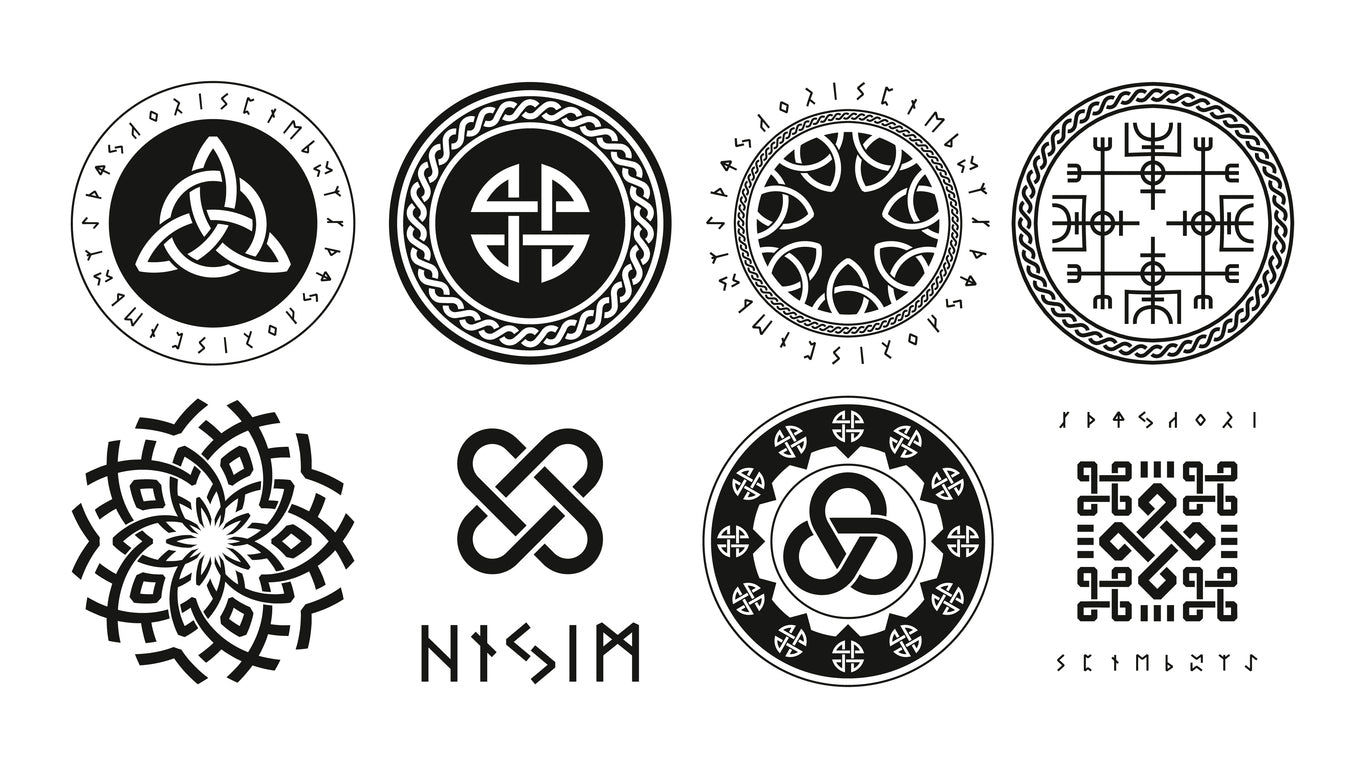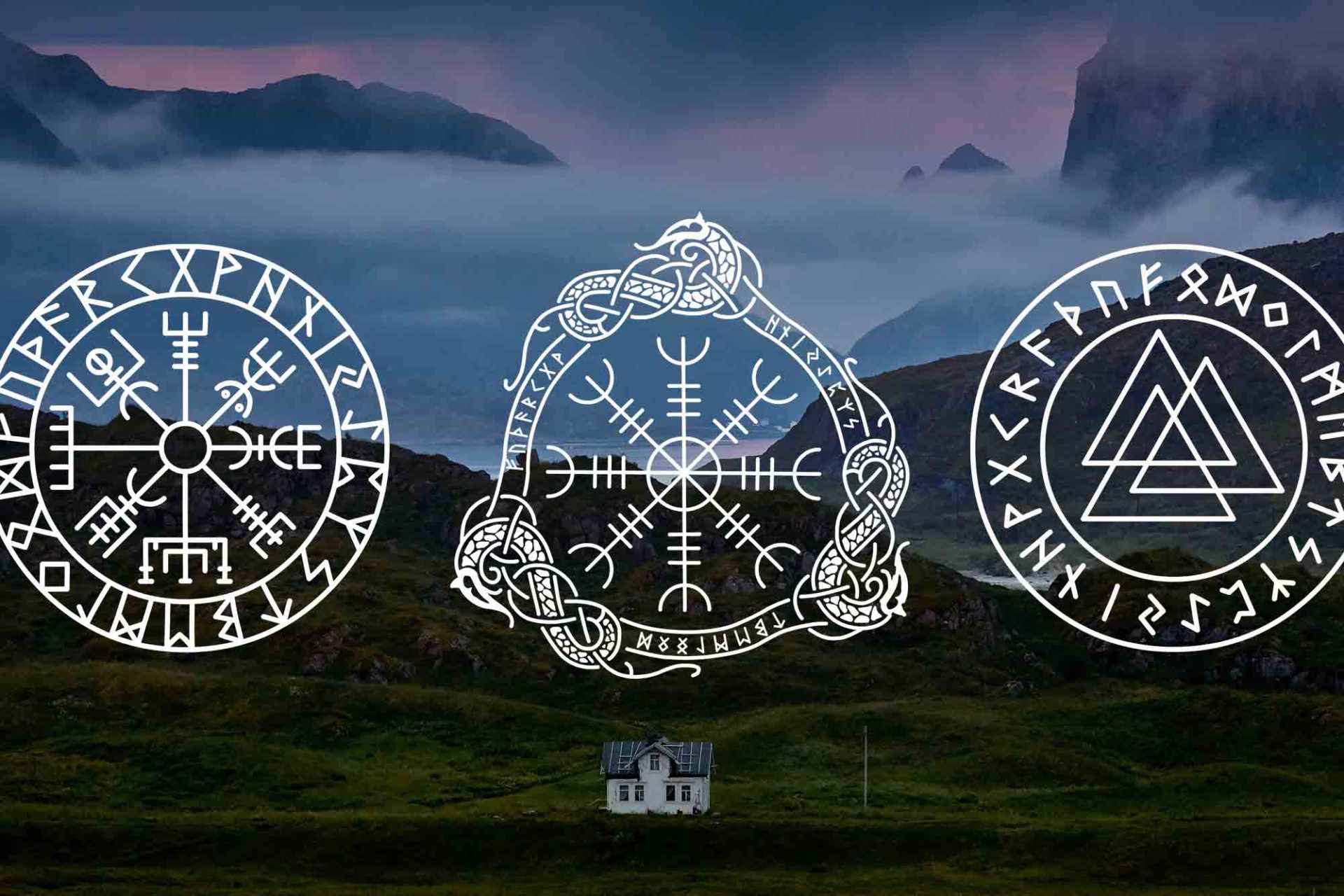Viking History
Why Did Vikings Wear Jewellery?
Discover why Vikings wore jewellery in a history of symbolism, protection, practicality & portable wealth.
Embracing the Spirit of the Vikings: A Deep Dive into Viking Bracelets
Odin's Cave Partners with Cats Protection UK Charity: A Heartfelt Commitment to Feline Welfare
Discover Viking Traditional Wear
Embracing Heritage: The Timeless Beauty of Viking Jewellery
Unveiling the Enigmatic Splendor of Odin's Cave: A Tribute to the Timeless Legacy of the Vikings
What Jewellery did Vikings wear?
Viking symbols and their meaning
Viking Rings: Ancient Symbols of Power and Faith

